News
Issues affecting the wine industry and the wine you drink
-

UK Wine and Spirits Contributes £76 Billion to UK Economy
Drinks Retailing News mentions a recent report commissioned by the Wine and Spirit Trade Association (WSTA) revealing that the UK’s wine and spirits industry contributed over £76 billion to the economy in 2022, a significant increase from £49 billion in 2017. The study, conducted by economic consultancy Cebr, found the industry generated over £22 billion…
-

French Rosé Market Slows After Boom
Meininger’s is reporting that French rosé sales, which had seen significant growth, are now slowing down. The decline in sales is attributed to reduced purchasing power and adverse weather conditions in early summer 2023. Despite a drop in domestic sales and exports, regions like Provence and Pays d’Oc are focusing on premium segments and innovative…
-
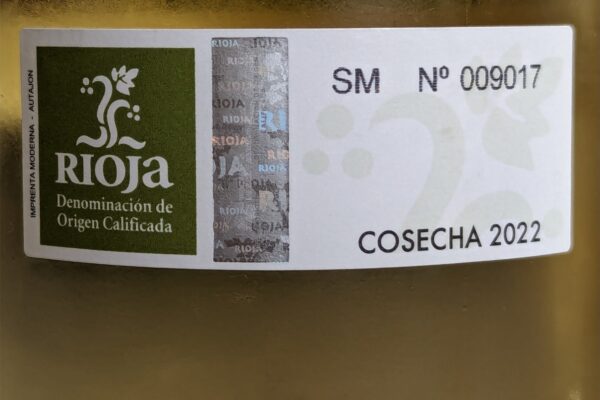
The Value of PDO Labels for Spanish Wines
The Spanish wine industry has long experienced tension between innovation and tradition, particularly concerning the DOC system and efforts to modernise. This raises the question, does the DOC system truly have positive impact on wineries and consumers? New research Determining the influence of belonging to a wine protected designation of origin on profitability, by researchers…
-
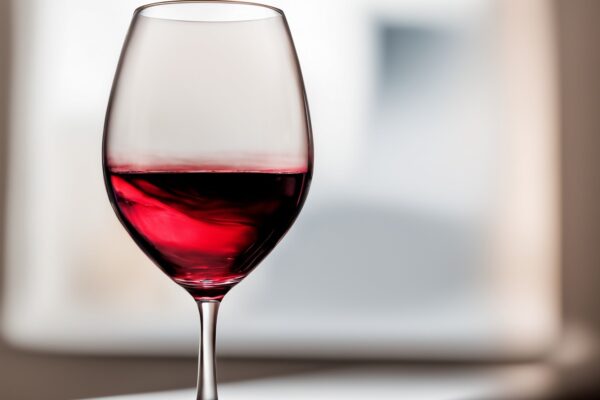
Diluting the Integrity of Our Wines?
The VinePair Podcast discusses whether most wine drinkers care about the origin of their wine. The hosts, Adam, Joanna, and Zach, explore if regular consumers focus more on flavour and price than appellations and vintages, especially for wines below a certain price point. They compare this to the fashion industry, where the origin of a…
-
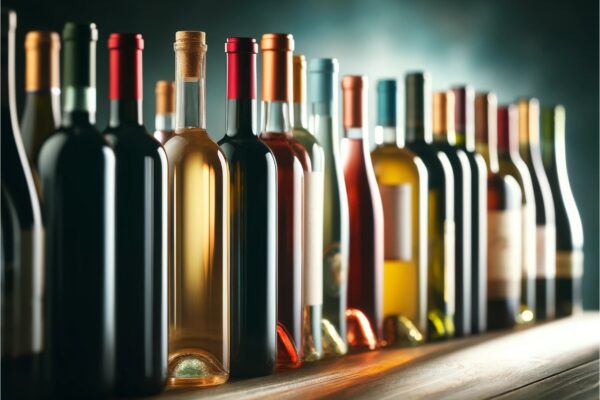
Enhanced Recycling to Affect Wine Prices
The Wine and Spirit Trade Association (WSTA) has advised UK wine businesses to include the costs of Extended Producer Responsibility (EPR) regulations in their financial forecasts. At the London Wine Fair, WSTA’s Director of Policy, Simon Stannard, highlighted the need for businesses to prepare for these regulations, set to come into effect in October 2025….
-

New Research into Corked Wine
New research provides deeper insights into corked wine. Corked wine is primarily caused by the compound 2,4,6-trichloroanisole (2,4,6-TCA), which imparts a musty, mouldy smell to the wine. This compound is mainly produced through a microbial process and can originate from cork stoppers or the winemaking environment. Cork is the primary source due to potential contamination…
-

Wine is All the Rave
The Drinks Business is reporting that wine raves are becoming a popular way to introduce Generation Z to wine. Instead of traditional wine tastings, these events combine wine with rave-style parties in locations like Hackney studios or warehouses. Initiatives like New Theory and Close Ties host these events, featuring local DJs and offering an immersive…
-
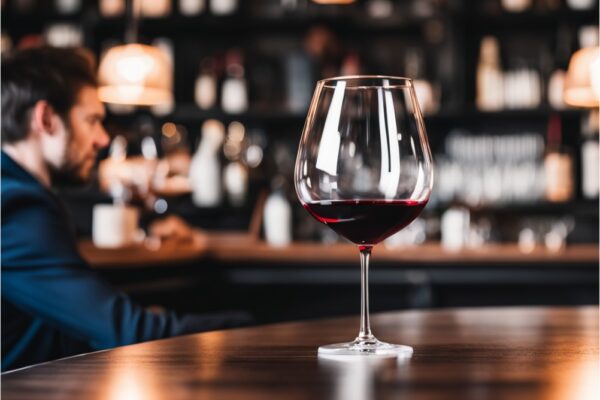
Not Enough Wine: Short Measures
According to a study reported by The Guardian, more than two-thirds of beer and wine sold in UK pubs and bars are short-measured, costing the average consumer approximately £115 annually. Trading standards officers, who visited 77 venues and conducted 137 test purchases, found 70% had less drink than declared. The Chartered Trading Standards Institute (CTSI)…
-

Wine Demand is Back Up – At Least in the US
An article on Wine Searcher Wine Comes Roaring Back discusses the surprising rebound of the wine industry in the USA after pandemic-induced declines. Recent data shows Millennials are increasingly consuming and spending more on wine than Baby Boomers. Wineries are adapting by appealing to younger demographics with eco-friendly practices and inclusive marketing. Notable growth is…
-
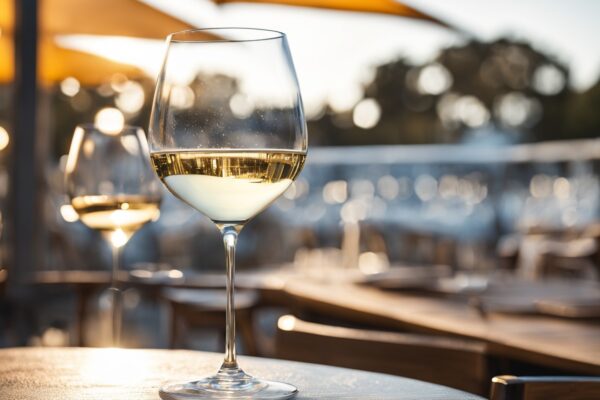
The Paradoxes of Dealcoholised Wine Production
In the DrinksBusiness, an anonymous wine producer criticises the growing trend of dealcoholised wines, arguing that the process is energy-intensive, costly, and significantly alters the wine’s original qualities, resulting in a product that lacks flavour and structure. The producer contends that the necessary additives to recreate the wine’s taste and stability are unnatural and environmentally…
-
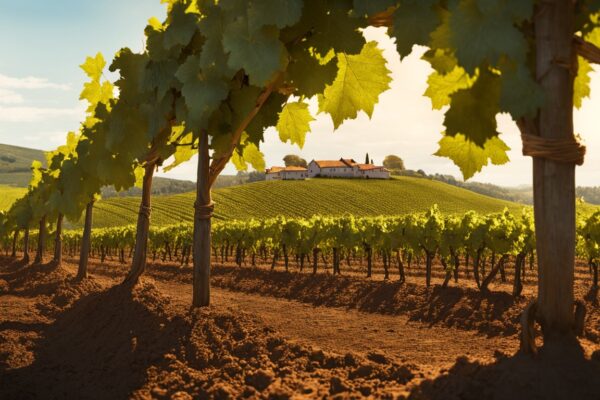
Soil Affects Wine Taste, But Not How You Might Expect
The idea that the soil in which grapevines grow affects the taste of wine is a long-standing and popular belief in the wine industry. This notion, often referred to as a constituent of terroir, suggests that the unique characteristics of the soil, impart distinct flavours and aromas to the wine. However, the scientific correlation between…
-
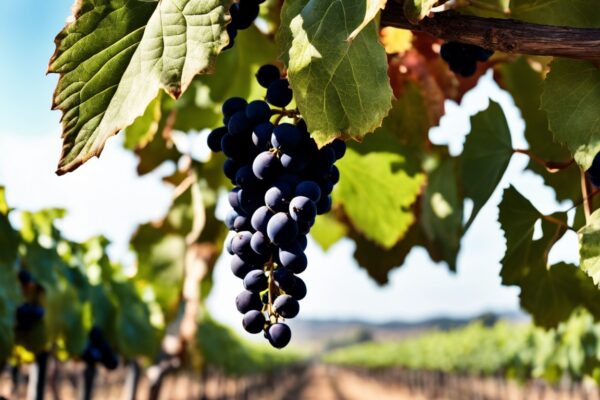
Global Trends in Wine Preferences
Wine Australia’s new market bulletin, based on 2023 IWSR research, reveals that grape variety continues to significantly influence consumer wine choices, ranking as a top two factor in seven out of ten key markets. These markets include Australia, the UK, the US, Canada, New Zealand, Germany, and China. In contrast, Japan, South Korea, and Singapore…
-

Visual Cues in Wine Advertising
New research explores the impact of visual cues on consumer perception and purchasing decisions in an e-commerce environment, specifically within the context of online wine sales. The authors conducted a series of experiments using both hedonistic (represented by a glass of wine) and utilitarian (represented by grapes) visual symbols to determine their effects on various…
-
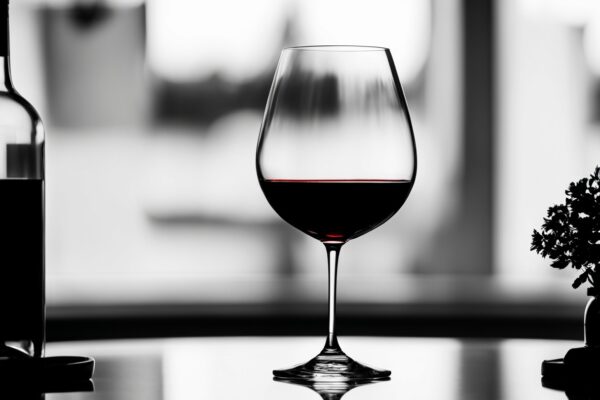
Exploring Sustainability Trade-offs in Non-Alcoholic Wine Production
New research titled “Balancing Gains and Losses—A Research Note on Tradeoffs in the Case of Non-Alcoholic Wines in Germany,” authored by Frederik Nikolai Schulz, Alexander A. Kugel, and Jon H. Hanf, in Germany, explores the increasing significance of non-alcoholic wines . It highlights the dynamic market development of these products in recent years and addresses…
-
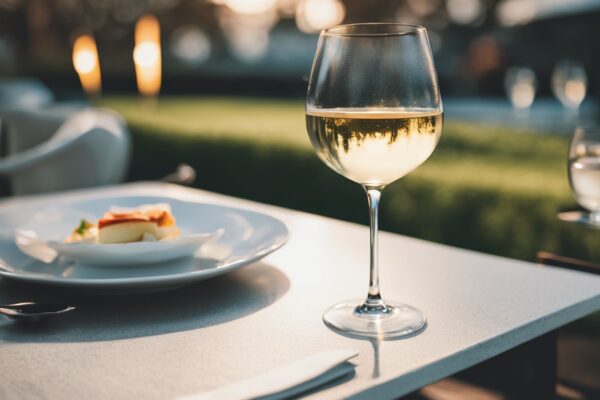
The Influence of Wine Descriptions
New research looks into the impact of verbal descriptions on wine tasting experiences, focusing on two types of wine—Riesling and Muscat Bailey A (MBA). The study included 46 participants divided into social drinkers and wine experts. They were presented with wines accompanied by different descriptions and asked to evaluate various attributes such as palatability, sweetness,…
-
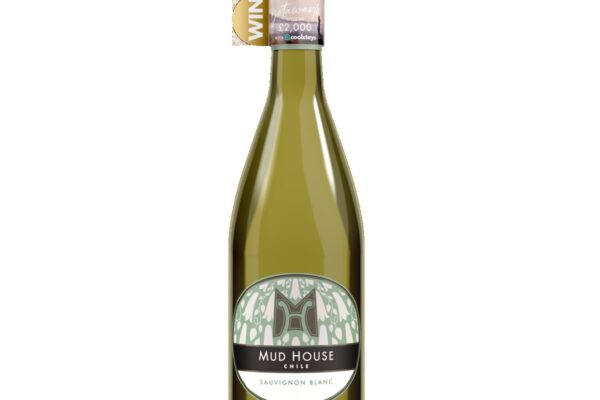
Mud House Win a Holiday Competition
Mud House is collaborating with Coolstays with a new promotional campaign, ‘Taste a World of Adventure’. Fifteen lucky Mud House customers will win a significant getaway package that includes £1000 in spending money. Additionally, one hundred customers will have the chance to win a premium backpack made from recycled materials. Participants can enter the competition…
-
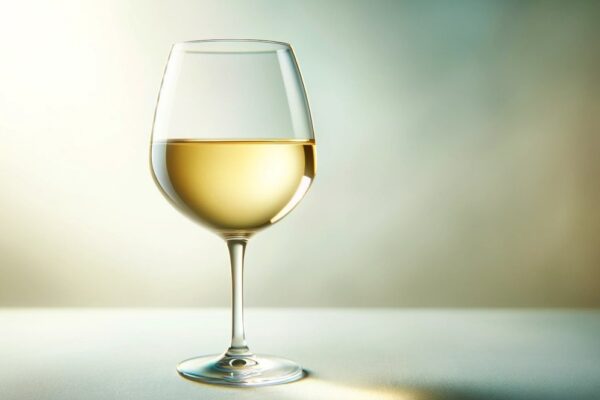
Electronic Tongue vs Humans
A new study evaluates the effectiveness of an electronic tongue (e-tongue) compared to human sensory panels in detecting faults in Riesling wine over a 42-day storage period. Riesling wines either unmodified (control) or inoculated with specific microorganisms known for spoiling wine were assessed every seven days using both the e-tongue and a sensory panel. The…
-

Research Into What Causes Minerality
There’s new research by University of Reading’s School of Agriculture on Minerality in Wine: Textual Analysis of Chablis Premier Cru Tasting Notes. The concept of minerality in wine, often used to describe the sensory qualities of high-quality white wines from cooler regions like Chablis, has been subject to much debate and analysis. Minerality is typically…
-

New UK Wine Funding Comes with Dubious New Reforms
The UK government has launched the Future Winemakers’ Scheme with an investment of £1.5 million to support the burgeoning domestic wine industry, focusing on the education and training of future viticulturists and winemakers. Announced by Environment Secretary Steve Barclay at the WineGB conference, this initiative aims to cultivate skilled professionals to sustain and expand the…
-

New Research Adds to the Story of Wine and Health
Up to recently, there has been an intriguing relationship between culture, diet and health outcomes, particularly focusing on the Mediterranean diet and the historic and cultural significance of wine. The concept of the French Paradox played a central role in this narrative, highlighting the seemingly contradictory observation that the French population enjoys a lower incidence…
Did You Know?
In 2024, the UK was the second-largest export market for Champagne globally, after the United States. More
Local UK bottling of wine represents about 40% of imported wine. More
Around 1% of people, typically severe asthmatics, have a sulphite sensitivity. More
A large 80% of Australian wine arrives in the UK in bulk. More
Only about 0.02% of Australia’s landmass is dedicated to vineyards. More
In 2024, New Zealand produced only 1% of the World’s wine. More
In 2024, the US imported 37% of World production of Pinot Grigio and the UK was is in second place at 27%. More
In 2024, the UK was South Africa’s largest export market, with 40% of total exports. More
In 2024, the United Kingdom imported 22.3 million bottles of Champagne, a decline of 12.7% compared to the previous year. More
Larger Champagne producers source grapes from as many as 80 different vineyards throughout Champagne. More
Champagne houses and growers collectively produce around 300 million bottles annually. More
In 2025, the Champagne region was home to about 2,124 Champagne houses and approximately 19,000 growers. More
Provence is one of the leaders in the conversion to organic viticulture, with 61% of vineyards certified. More
8% of the South Africa’s grape production is Fairtrade-certified. More
Up to 80% of wine aroma compounds come from grape skins. More
Glycerol is the third-largest component of most dry wines after water and alcohol which is why they so often feel ‘smooth’ or ‘silky’ in the mouth. More
Humans are more than 400 times more sensitive to bitter than sweet. More
Humans can detect the earthy molecule geosmin at about 100 parts per trillion and camels are so sensitive to it they can locate damp ground from roughly 50 miles away. More
During the phylloxera crisis of the nineteenth century, 90% of Europe’s vineyards were destroyed. More
In 2025, for La Vieille Ferme, also known as “The Chicken Wine”, sales surged by 49.4% to £110.8 million. More
In 2025, in the UK, Yellow Tail held the top position with sales, marking a 9.8% increase over the previous year. More
In 2024, the UK was the second-largest wine importer in volume and value. More
In 2024, the UK was the fifth-largest wine-consuming country globally. More
In 2025, global wine consumption continued its downward trend, estimated at 214.2 million hectolitres, the lowest since 1961. More
In 2025, online alcohol sales had a 20% increase in value over five years. More
In 2025, the number of UK vineyards rose to 1,104 and wineries to 238, with land under vine expanding to 4,841 hectares, a 510% increase since 2005. More
Moët Hennessy alone commands nearly 46.66% of the Champagne market, with the top three producers together holding about 61%, and the top five controlling over 72%. More
In 2024, the Champagne market was worth roughly €3.92 billion. More
In the marketing year 2023/24, white wine accounted for roughly 55% of Spain’s output, whereas red and rosé together made up about 45%. More
In the UK, 92% of wine is consumed within 48hrs of purchase. More
The majority of wines, 95%, use commercial rather than wild yeast. More
Between 0.5 and 10 litres of water, per litre of wine, are needed for cleaning during winemaking. More
Machine harvesting can achieve up to 100 tons of fruit per day vs 1 ton for a human. More
In Germany, 2025 was the smallest wine vintage since 2010. More
The majority of vineyards, 90% in 2019, are farmed with heavy chemical interventions. Only 6% are organic. More
90% of low and coastal areas in south Europe and California will no longer be able to produce good wine by the end of the century. More
Tools
Recent
-
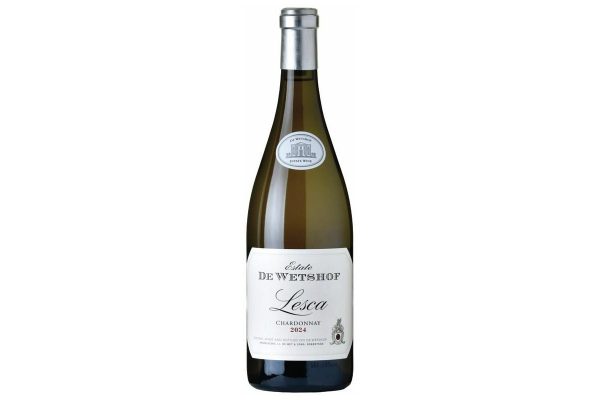
The Chardonnay Masters 2025
-

How Fine Wine Tastes Have Changed
-
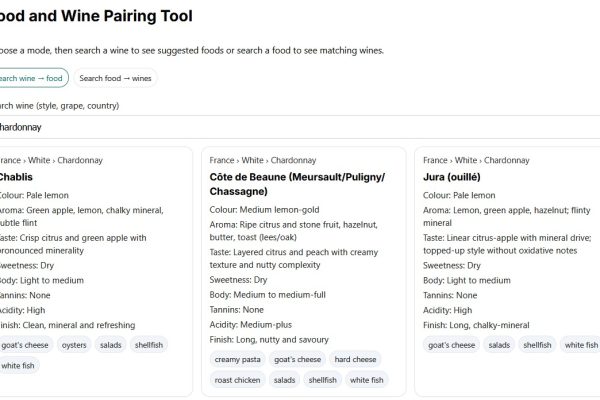
New Food & Wine Pairing Tool
-
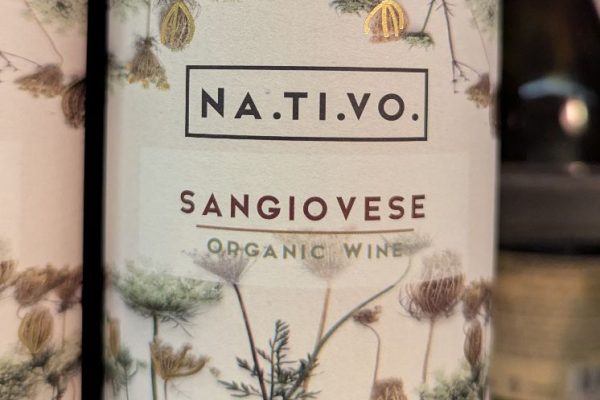
NA.TI.VO Sangiovese
-
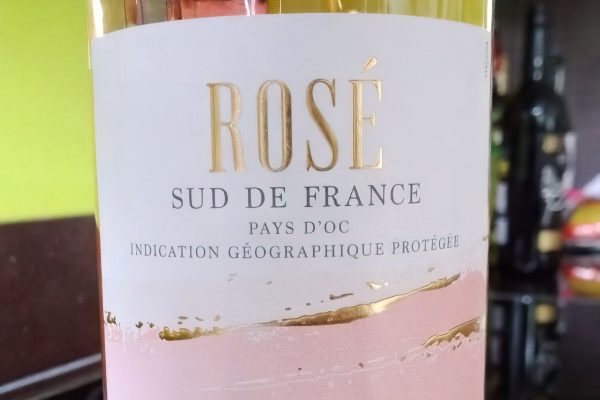
Sud de France Label Will be Banned
-
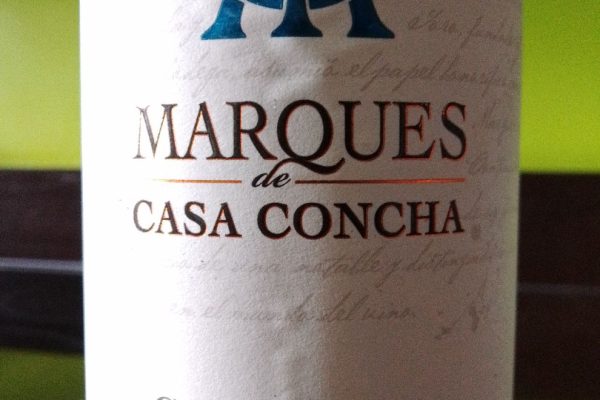
Marques de Casa Concha Carménère
-
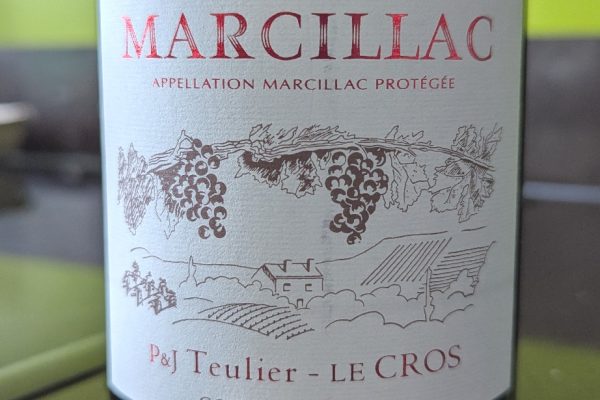
Marcillac ‘Lo Sang del Pais’
-

Irish Wine Warnings Spill Over to the UK
-
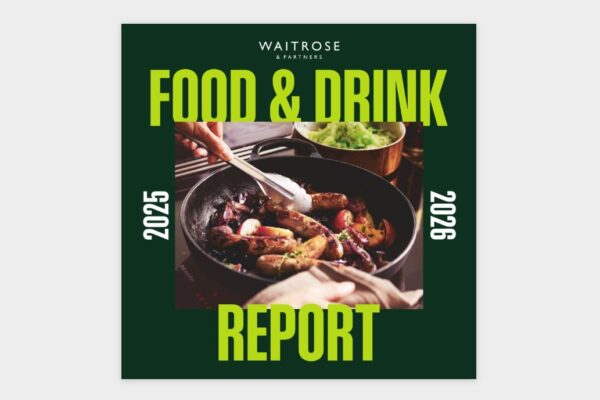
Waitrose Insights into How Wine is Evolving
-

Vergelegen Millrace Red
Tags
25% Off Wine Aldi Amarone Argentina Articles Asda Australia Award Awards25 Bibendum Bizarre Blog Books Bordeaux Cabernet Sauvignon Carménère Cava Champagne Chardonnay Chenin Blanc Chile Climate Change Coop Decanter Duty English Wine EPR Events Fairtrade Food France Furmint Germany Glossary Greece Health Hungary Italy IWSC Jeroboams Laithwaites Legislation Liberty Wines Lidl Low Alcohol M&S Majestic Malbec Marketing Merch Merlot Morrisons Natural News New Zealand Non-Alcoholic Ocado Old Vine Organic Past Tastings Pinotage Pinot Noir Port Portugal Primitivo Prosecco Regulations Reviews Ribera del Duero Riesling Rioja Ripasso Rose Sainsbury's Saperavi Sauvignon Blanc Shiraz Sicily South Africa Spain Sparkling Supermarkets Sustainable Tax Terroir Tesco The Wine Society Unrepresented USA Valpolicella Vinho Verde Virgin Wines Waitrose Wanderlust Welsh Wine What to Buy Wine Art WineGB WIne Glasses Zinfandel



